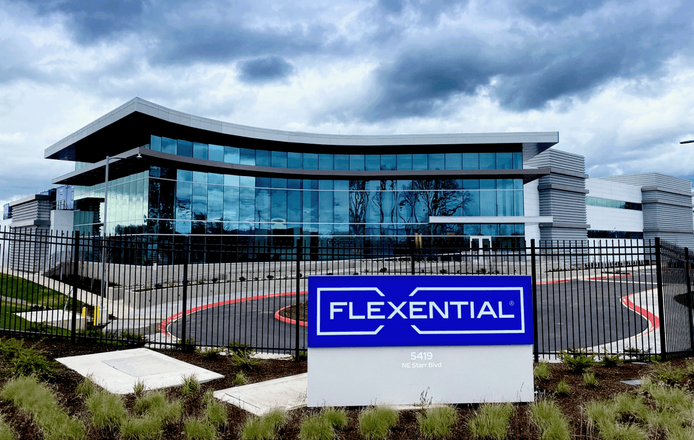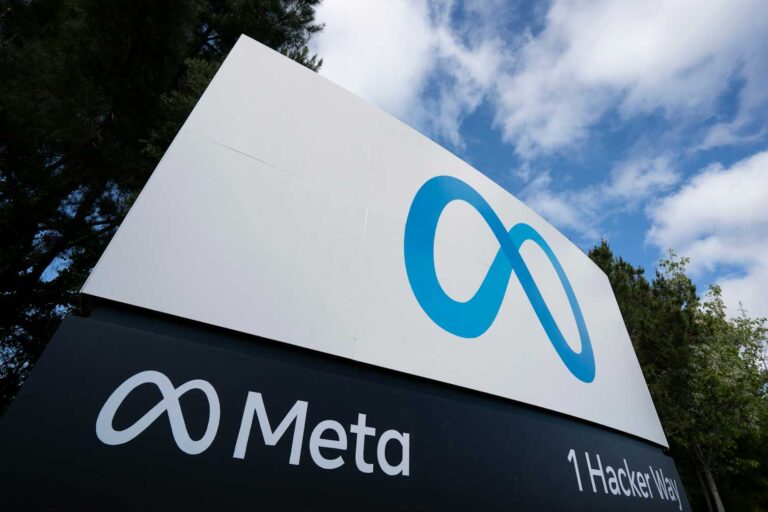
Flexential is expanding its transpacific connectivity footprint following the activation of the Bifrost Cable System, a new high-capacity subsea route linking Southeast Asia directly to the U.S. West Coast. The cable, now ready for service, is the first to create a direct path from Singapore to North America, offering enterprises lower-latency transport for increasingly distributed digital workloads.
Spanning more than 12,500 miles, Bifrost is engineered to deliver up to 260 terabits per second of data capacity, positioning it among the highest-bandwidth submarine systems in operation across the Pacific. Its U.S. endpoint connects into Flexential’s Hillsboro, Oregon data center campus, where the cable’s submarine line terminal equipment is hosted. From there, organizations can interconnect with more than 300 on-net carriers, cloud providers, and regional fiber systems available through Flexential’s platform.
The timing coincides with surging demand for long-haul capacity, fueled by AI workloads that require higher-throughput, lower-latency data movement between Asia-Pacific compute hubs and U.S.-based infrastructure. Enterprises increasingly operate applications that treat global users as a single addressable audience, placing pressure on network operators to streamline transoceanic traffic flows.
“Our customers are building applications that serve users in Manila and Singapore the same way they do in Miami and Seattle,” said Ryan Mallory, CEO of Flexential. “That requires enormous bandwidth and predictable performance. Bifrost brings those markets closer to our customers by giving them a direct path through infrastructure built for AI-era workloads.”
Bifrost includes landing points in Singapore, Indonesia, the Philippines, Mexico, and the United States, connecting at Grover Beach, California, and Winema, Oregon. Flexential’s Hillsboro 2 facility links to the Winema landing through terrestrial fiber, enabling round-trip latency of just under 165 milliseconds between Singapore and the United States – an improvement of up to 10 milliseconds over some legacy Pacific routes. The system’s route also includes Guam, connecting it into the broader subsea ecosystem serving Japan and Australia.
For Flexential, the new system strengthens Hillsboro’s role as the Northwest’s primary interconnection hub. The campus now terminates three transpacific cable systems: Bifrost, Hawaiki, and the New Cross Pacific (NCP) system. Hillsboro has become a preferred alternative to coastal landing hubs because of its diverse connectivity, lower seismic risk, and proximity to hyperscale cloud regions in the Pacific Northwest.
To support continued demand, Flexential recently acquired land for a sixth data center in Hillsboro, citing growing requirements for purpose-built AI data centers. The company has also launched the Flexential Marketplace, a centralized platform for customers to evaluate connectivity options, cloud partners, and subsea routes including Bifrost, as part of the broader FlexAnywhere portfolio.
The activation of Bifrost signals growing momentum for transoceanic infrastructure designed specifically for AI and cloud-scale applications. As data traffic escalates across distributed architectures, new subsea systems are becoming critical to sustaining performance, resilience, and global reach.
Executive Insights FAQ: Understanding Bifrost’s Role in Global Connectivity
Why does Bifrost matter for AI and data-intensive workloads?
AI applications increasingly require real-time access to geographically distributed datasets. Bifrost’s higher bandwidth and lower latency help support the movement of large training and inference datasets across continents.
How does Bifrost improve international cloud access?
By providing a direct path from Singapore to the U.S., Bifrost reduces transit hops, improves reliability, and enables more efficient interconnection with major cloud providers hosted in the Pacific Northwest.
Why is Hillsboro becoming a subsea landing hub?
It offers access to major cloud regions, strong network diversity, and lower seismic risk than coastal alternatives, making it attractive for cable termination and interconnection.
What does Bifrost mean for carriers and ISPs?
Operators gain a new high-capacity route that can reduce congestion, diversify redundancy, and improve performance for Asia–U.S. traffic flows.
How does Bifrost support multi-region architectures?
Its direct connectivity enables enterprises to more effectively distribute workloads across Asia and North America, improving performance for global applications and accelerating cross-region data synchronization.


